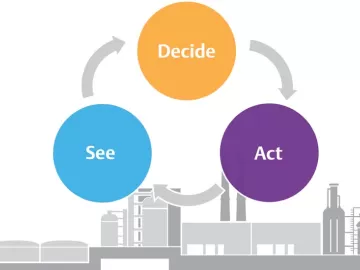Instrument Air in Nuclear Power Plants
Nuclear power plants produce electricity for people, business and industry. Electricity is produced in a similar fashion as fossil fuel (i.e., coal, oil, etc.) power plants, using steam to drive a turbines which spin an electrical generator, producing the electricity.




